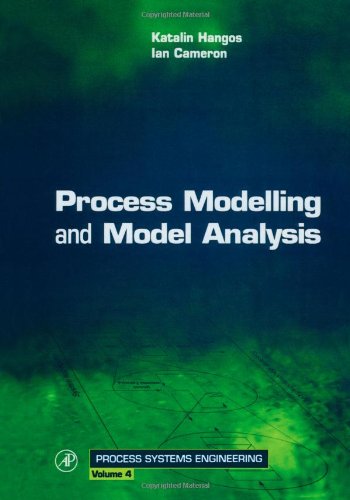Process Modelling and Model Analysis ebook
Par vasquez james le dimanche, octobre 30 2016, 20:06 - Lien permanent
Process Modelling and Model Analysis by George Stephanopoulos, Ian T. Cameron, John Perkins, Katalin Hangos


Process Modelling and Model Analysis George Stephanopoulos, Ian T. Cameron, John Perkins, Katalin Hangos ebook
ISBN: 0121569314, 9780121569310
Page: 561
Format: pdf
Publisher: Academic Press
If you need to model the activity of a business, capturing the behaviour and the information flows within the organization or system, you can do so using the Business Process Modeling Notation (BPMN). BPMN support in Enterprise Architect promotes easier analysis and successful implementation of business processes. Graphical notation and traced throughout enterprise and system models. So basically Business Process Modeling is an engineering discipline, which is used in business analysis applications. He has a deep expertise in a rare combination of fields, including: Business process identification, modeling, analysis, and redesign; application requirements specification; and data modeling and information management. What different types there are, and how this may influence how they are analysed. While these approaches give a broad, low resolution picture of cellular processes, many biologists are interested in a specific subsystem, and wish to use the results from experiments in order to refine the current knowledge on the system. Multilevel modelling online course topics: What topics are covered? Process-based distributed modeling approach for analysis of sediment dynamics in a river basin M. A DFD is the right choice for business process modeling if you need to understand the creation and consumption of data in the individual business processes. To give some emphasis to certain ideas such as the nature of variability or the recognition of hierarchical units of analysis that are central to multilevel modelling .. Hironaka2 1School of Applied Sciences and Engineering, Monash University Gippsland, Australia 2NEWJEC Inc. Disaster risk management (DRM) has been defined as “a systematic process that produces a range of measures associated with hazard non-quantified modeling as applied to threat assessments and strategy analysis. A variety of computational modeling approaches have been developed for the analysis of such datasets, such as clustering [1,2] and topological interaction network models [3,4]. Markov random field (MRF) theory provides a basis for modeling contextual constraints in visual processing and interpretation. Strategic Business Analysis Workshops (SBAW). Technique tailored for creating graphical models of business processes. The research process starts with the formulation of research questions as hypotheses that can be tested using multilevel models.